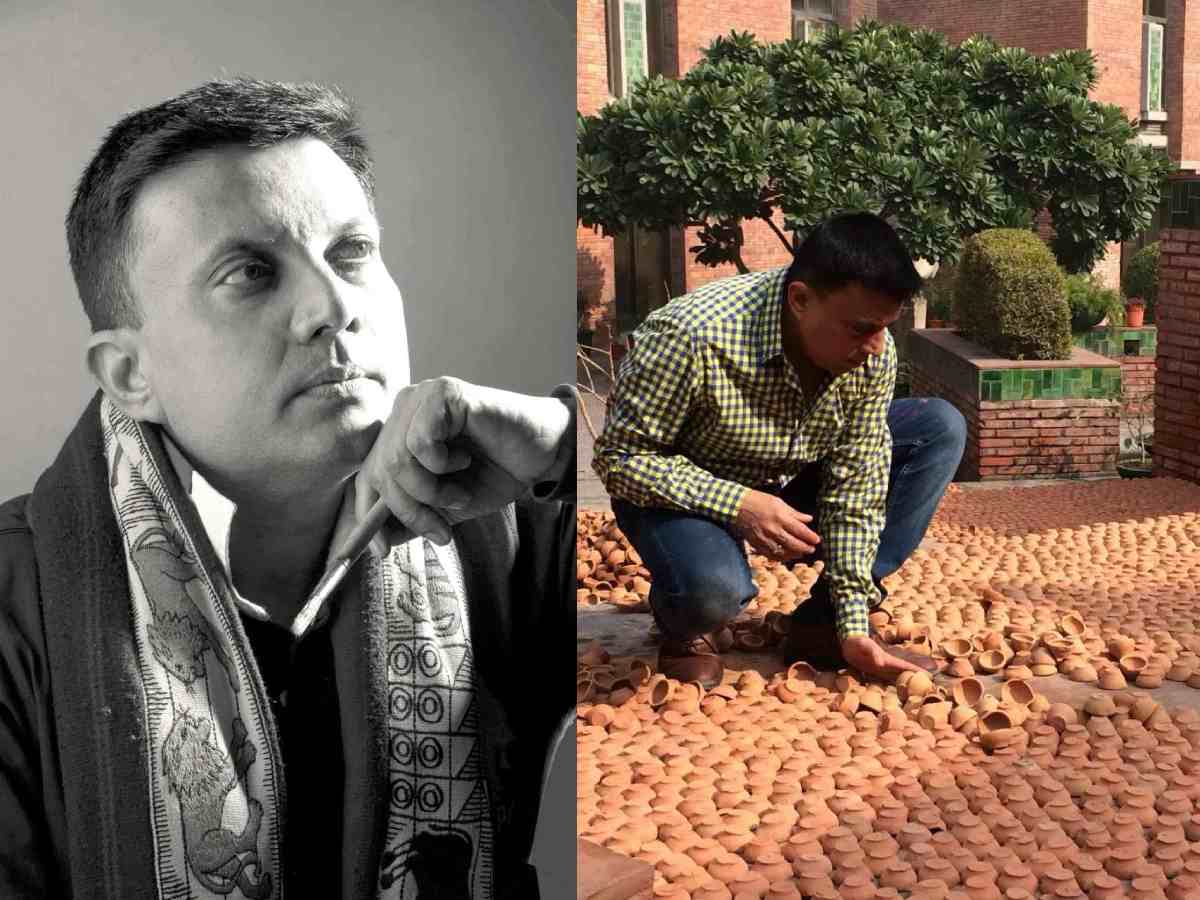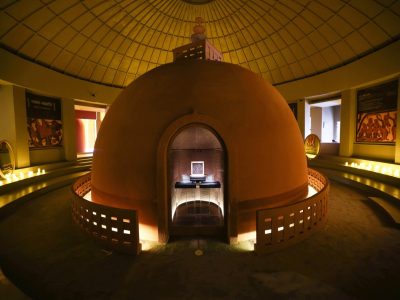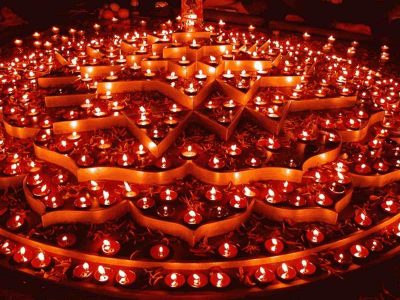World Environment Day: Manav Gupta, a New Delhi-based eminent contemporary artist, has emerged as a pioneer of environmental public art in India. Renowned for his monumental solo projects and a distinctive practice rooted in ecological consciousness, Gupta has redefined the landscape of sustainable art with powerful installations that span both urban and natural environments.
Often hailed as the father of repurposing ceramics into large-scale environmental sculptures, Gupta’s work bridges art and activism. His transformative use of humble, everyday objects—such as earthen lamps (diyas), conical smoking pipes (chillums), and clay cups (kullads)—creates immersive narratives around climate change, sustainable development, and the human connection with nature. His oeuvre places him among the world’s leading environmental artists, admired for the quality, scale, depth, and philosophical evolution of his practice.
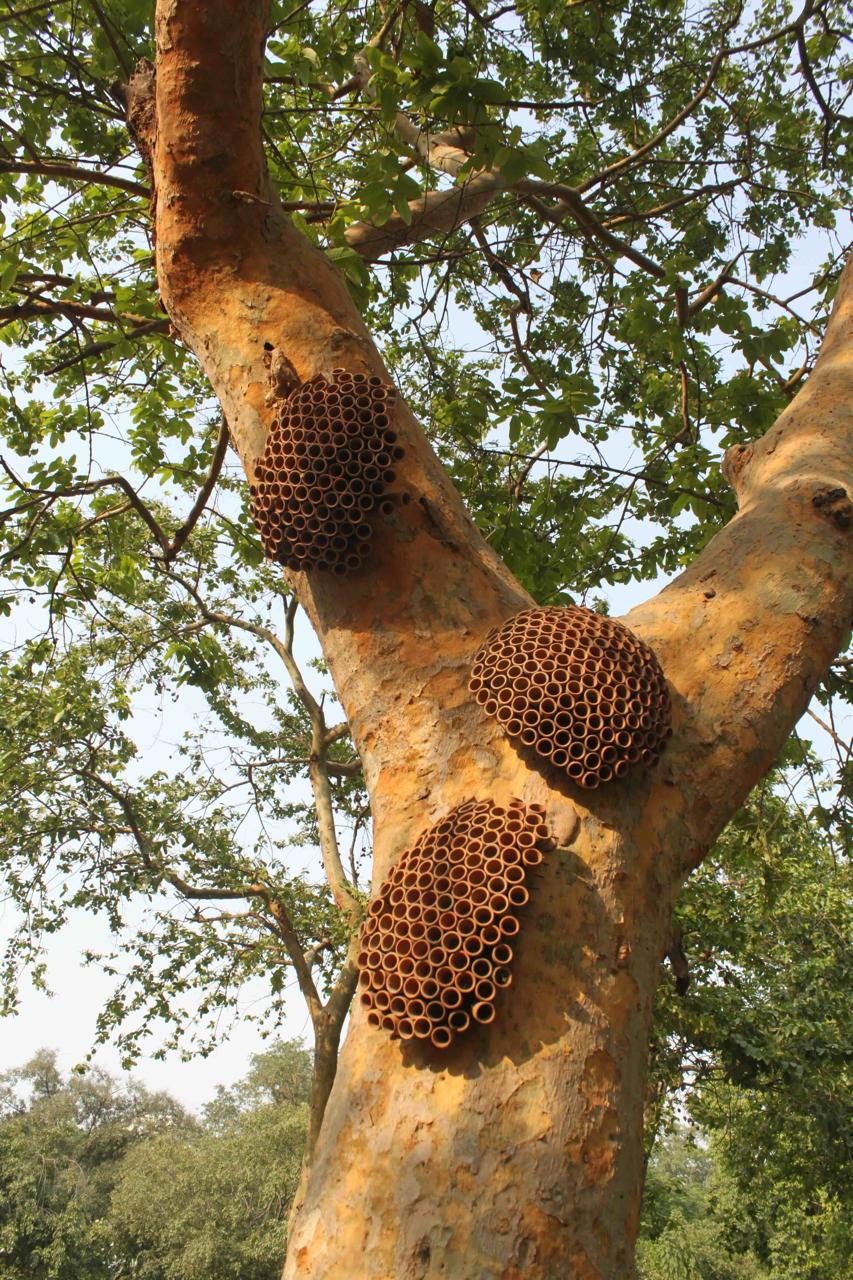
Roots in nature: A personal journey
Born and raised in Kolkata within the verdant campus of the National Library, Gupta developed a deep affinity with nature during his formative years. Raised by a single mother, he supported the household while finding solace and strength in the natural world. Trees, riverbanks, and the sky became his refuge and muse, shaping both his worldview and artistic vision.
“I would give tuition after school and help my mother, but it was the trees I turned to for healing,” he recalls. “Their roots, trunks, and silent presence taught me resilience and wonder.”
These early experiences inspired his reverence for ancient wisdom, simplicity, and sustainability—values that are deeply embedded in his art today.
Also read: Mother’s Day: 8 ways to spend time in Delhi with your mother
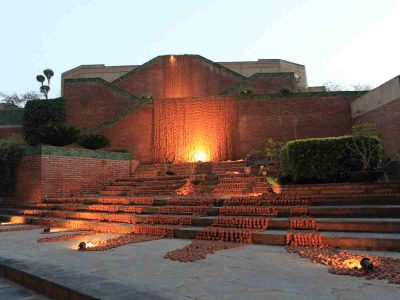
A distinctive artistic language
Gupta’s practice is guided by a spiritual approach to material and form. Working primarily with clay, he reinterprets traditional potter’s craft into modern environmental installations. His mother’s daily ritual of lighting an earthen lamp became both a symbolic and literal starting point for his artistic philosophy.
“Clay is not just a medium; it’s a metaphor for life, for the Indian soil, for humility,” he explains.
In 1996, Gupta coined the movement Arth – Art for Earth, marking the beginning of a lifelong pursuit to create art that not only reflects environmental issues but also intervenes in the discourse around them. His first solo exhibition, held on the lawns of Birla Academy, defied convention by displaying watercolours in an open garden during the volatile Kaal Boishakhi (Nor’wester) season. The absence of storms during the show became, for Gupta, a moment of spiritual affirmation—a silent approval from nature.
Expanding impact through public art
Between 2010 and 2019, Gupta expanded his work into large-scale public art projects and interdisciplinary programmes aimed at fostering sustainable living. These included immersive experiences such as Rainforest, Umbilical Cords of Earth, and Lyrics of Light, which merged sculpture, sound, and performance in dialogue with nature.
His initiative Dialogues at the Waterfront brought together communities, policymakers, and environmentalists to engage in inclusive conversations about global citizenship, peace, and ecological responsibility. Drawing inspiration from Vedic philosophies and indigenous knowledge systems, Gupta’s work consistently advocates for harmony between development and the environment.
In 2005–06, he was invited by the Ministry of Environment and Forests to produce environmental films, further extending his message into the audiovisual realm. His multi-pronged approach—spanning film, painting, sculpture, and architecture—positions art as an agent of change.
Also read: A museum on rails: How Delhi Metro captured a city’s transformation
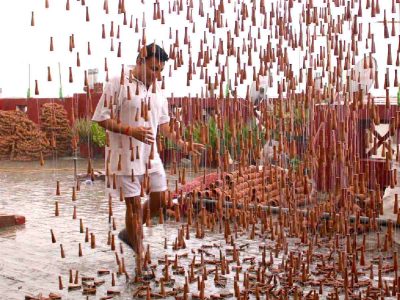
Vision and responsibility
At 57, Manav Gupta continues to shape India’s environmental art narrative with passion and humility. He sees his art as a quiet yet powerful intervention—an appeal to conscience and a call to action.
“In a country as vast and diverse as India, environmental challenges are immense,” he says. “While policy has its role, art touches hearts. My work is my way of engaging citizens to reflect, act, and reimagine their relationship with nature.”
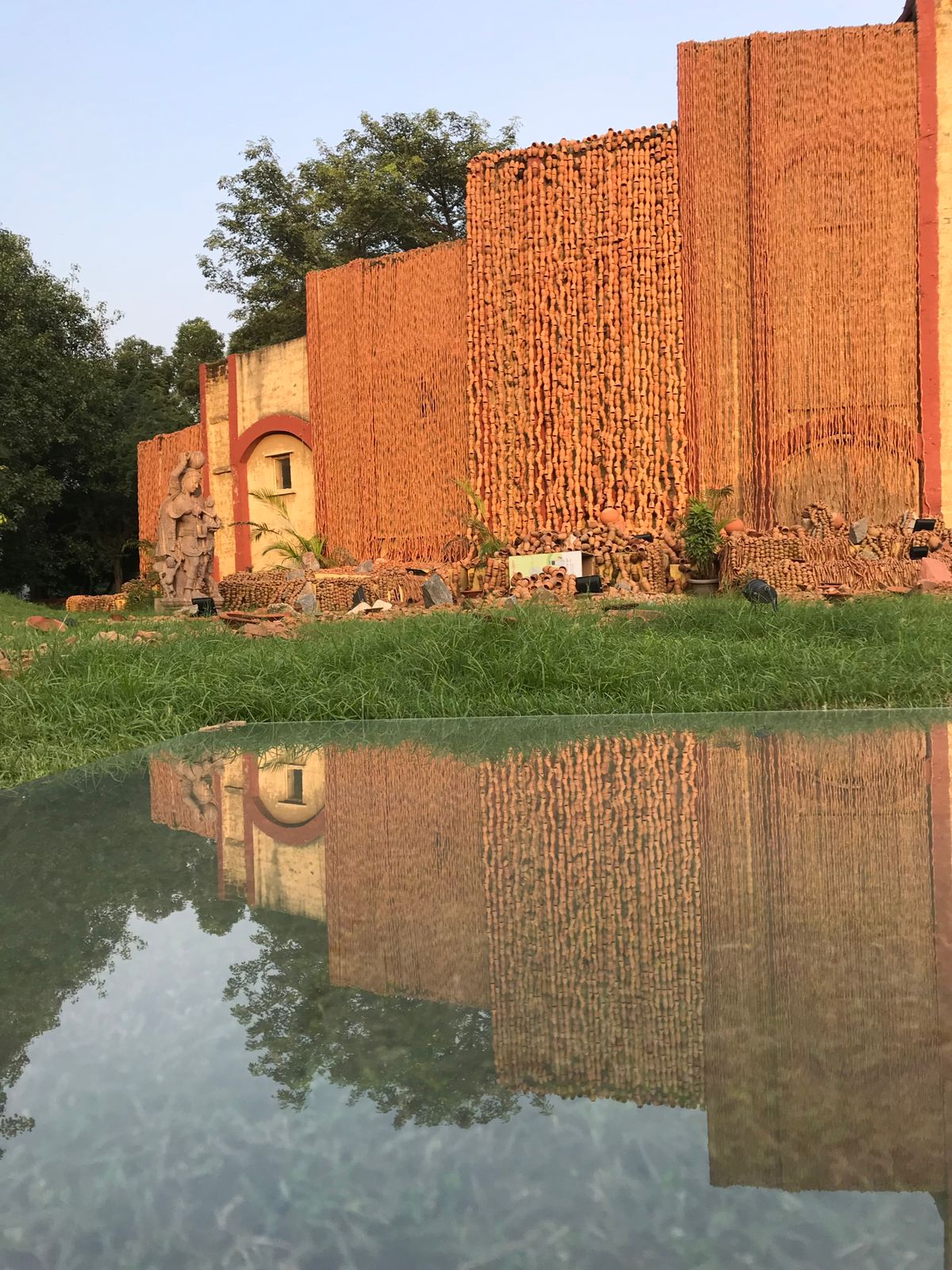 He highlights issues such as air pollution, water scarcity, biodiversity loss, and soil degradation—concerns that frequently animate his installations and series like Rainforest. Even the pandemic, he believes, is nature’s reminder of human vulnerability and the urgency to reset.
He highlights issues such as air pollution, water scarcity, biodiversity loss, and soil degradation—concerns that frequently animate his installations and series like Rainforest. Even the pandemic, he believes, is nature’s reminder of human vulnerability and the urgency to reset.
Gupta’s continuing experiments with construction waste, ceramics, and natural materials demonstrate his commitment to reducing carbon footprints and influencing behaviour through art. His practice remains both a spiritual journey and a public engagement—aimed at healing, awakening, and inspiring a more sustainable future.

